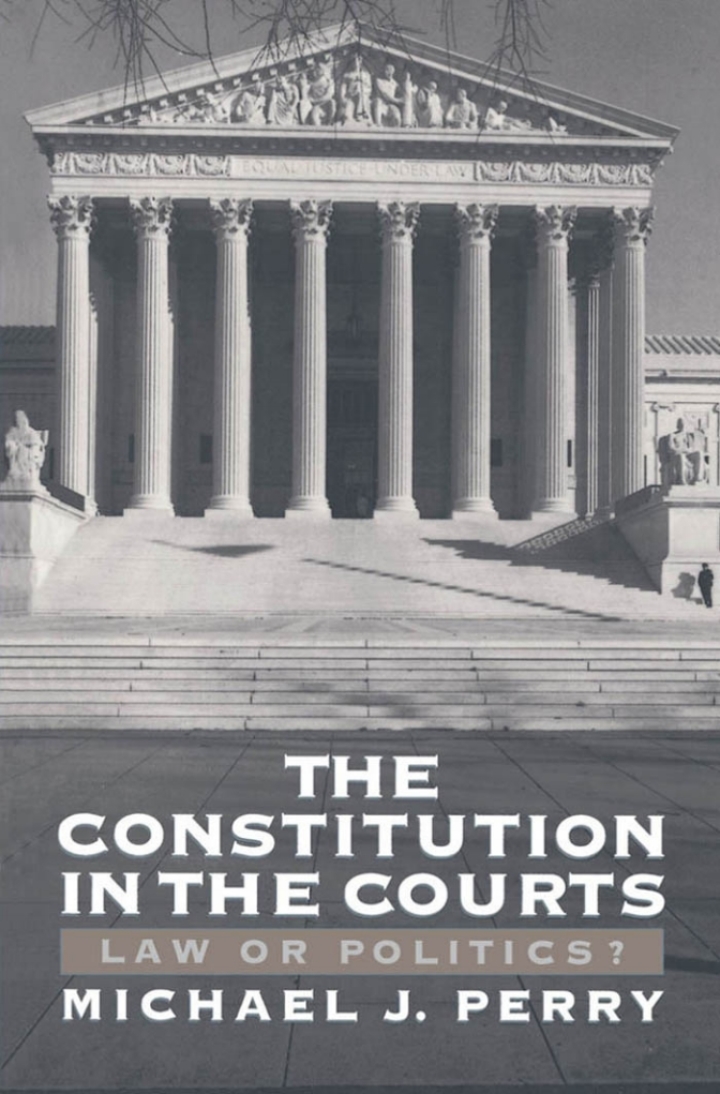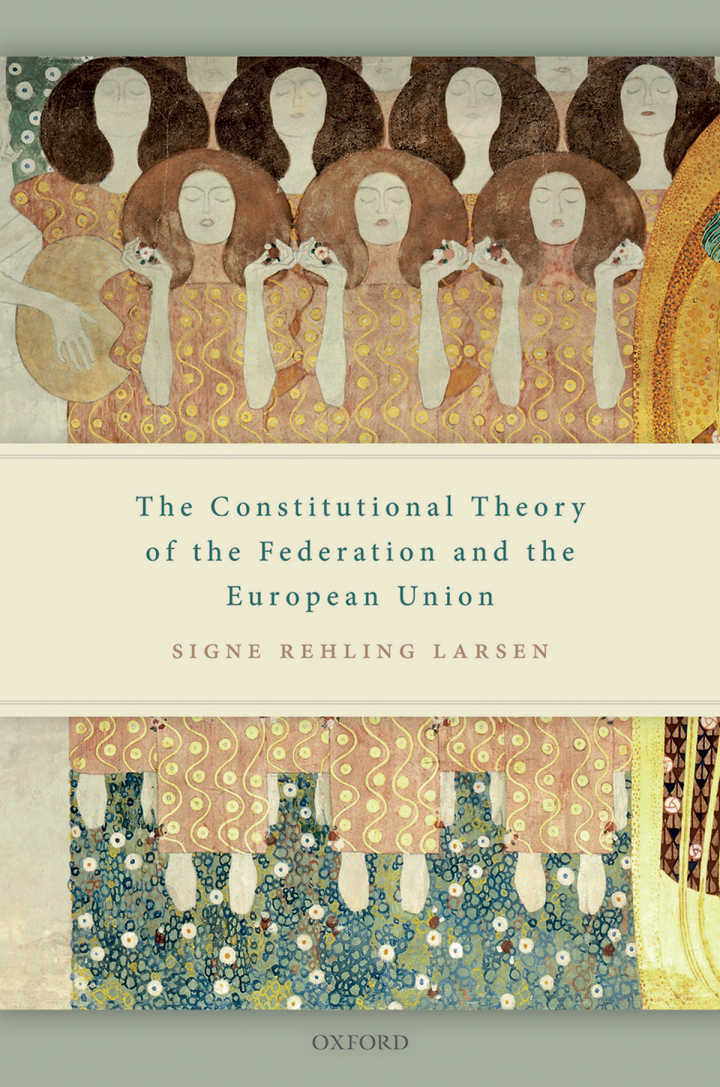The Constitutional Theory of the Federation and the European Union
$39.00
Attention: This is just ebook, Access Codes or any other Supplements excluded! / File Delivery: Sent Via Email within 24 hours!
SKU: cf13ad5a16c2
Category: Law Textbooks
Description
-
Author(s)Signe Rehling Larsen
-
PublisherOUP Oxford
-
FormatPDF
-
Print ISBN
9780198859260, 0198859260 -
eText ISBN
9780198859260, 0198859260 -
Edition
-
Copyright
- Details
From the start of the European integration process, one question has puzzled scholars: what type of political association is the European Union? In absence of an agreed upon response, most scholars have suggested that the European Union is ‘sui generis’. This book challenges the sui generis thesis by demonstrating that the EU is not a unique form of association, but rather a federal union of states, or what this book calls a federation. This is a discrete form of political association on par with, though differentiated from, political modernity’s two other main forms, namely the state and the empire. The federation cannot be understood on the basis of the general theory of the state or its concept of sovereignty. The ‘statist’ imaginary still dominates both the debates on federalism and the EU, meaning that all federal policies are either seen as ‘confederal’ associations of sovereign states or sovereign federal states. This book challenges this binary by demonstrating that the federation is not a ‘super state’ but a discrete political form with its own constitutional theory. It is characterized by a double political existence, a lack of internal hierarchy, and the internal absence, contestation, or repression of sovereignty. This book details the key aspects of federal constitutional theory and how this theory accounts for the EU’s constitutional form as well as the crises it has faced in recent years. This book is broken into five chapters that cover the introduction to federalism, origins of the EU, state transformation and teleology, unity in diversity, and emergency rule without a sovereign. This book draws on a variety of literatures and historical material to help the reader develop a critical understanding of ‘constitutional myths’ and the theory of federalism.
Related products
-

Challenges for Humanitarian Intervention 1st Edition Ethical Demand and Political Reality
Rated 0 out of 5$27.62 Add to cart -
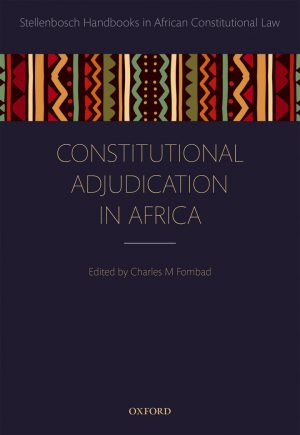
Constitutional Adjudication in Africa 1st Edition
Rated 0 out of 5$45.50 Add to cart -
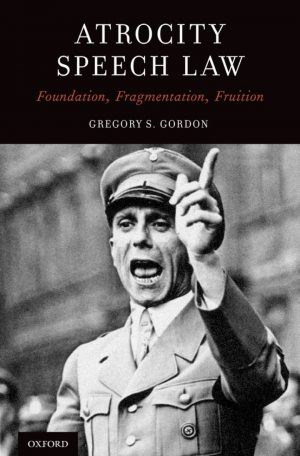
Atrocity Speech Law Foundation, Fragmentation, Fruition
Rated 0 out of 5$43.88 Add to cart -
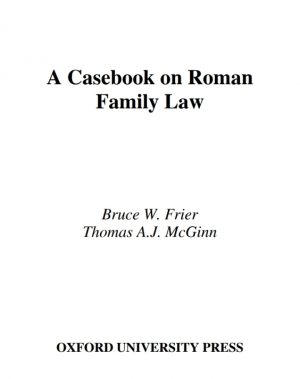
A Casebook on Roman Family Law
Rated 0 out of 5$28.60 Add to cart

